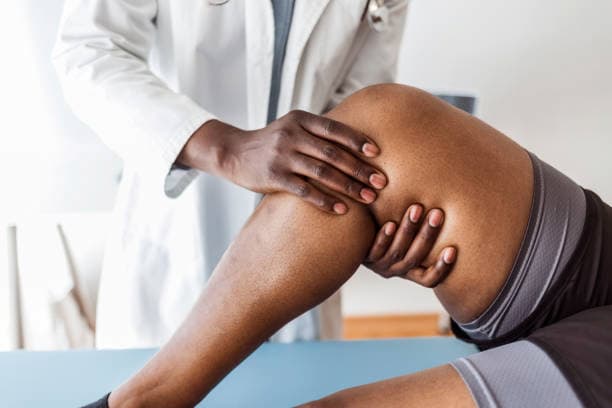What is RTSA : Reverse Total Shoulder Replacement?
Reverse Total Shoulder Replacement (RTSA) is a surgical procedure designed to alleviate shoulder pain and restore function in patients suffering from severe rotator cuff damage and other shoulder conditions. Unlike traditional shoulder replacements, where the ball and socket are replaced in their anatomical positions, a reverse procedure switches the positions. This unique approach allows the deltoid muscle to compensate for the rotator cuff’s inability, improving shoulder movement and relief of pain.

Dr. Hurt’s Insights on Reverse Shoulder Replacement
Dr. Hurt explains the significance of RTSA through the case of his patient, Mack. “Mack’s situation is particularly interesting,” he notes, “because he not only underwent reverse shoulder replacement but also has experience with previous rotator cuff repairs and a superior capsule reconstruction. He has essentially had all three major procedures associated with rotator cuff repairs and can share his personal experiences and recovery journey.”
Dr. Hurt mentions that, surprisingly, many patients report that recovery from a reverse shoulder replacement is generally easier than recovery from a traditional rotator cuff repair. “In most cases, patients find that they recover faster with RTSA, especially considering that it involves the incorporation of metal and plastic components into the shoulder.”

Mack’s Experience with Reverse Shoulder Replacement
Mack had his reverse shoulder replacement on January 17th, marking his three-month post-op recovery. Reflecting on his condition prior to the surgery, he shares, “I experienced a lot of pain with tendon tears, and the retear was horrible. When I had the reverse shoulder replacement, the pain became substantially better almost immediately—literally within the first few days.”
Having dealt with three massive rotator cuff tears prior to this procedure, Mack candidly describes the pain during those surgeries as “really painful.” He adds that he also underwent a superior capsule reconstruction on his right shoulder, which eventually alleviated all pain but left him with some weakness.
In contrast, Mack highlights how the recovery process from the reverse shoulder replacement is markedly different. “With reverse shoulder replacement, you get your strength back right away,” he explains. “I don’t have any limitations in activity; I pretty much do everything I want. There’s still some range of motion issues that limit how high I can reach, but it doesn’t sharply hurt; it just becomes a bit painful and signals me to stop.”
Mack emphasizes that he does not face any restrictions regarding activities he enjoys, like golf and exercise, although he suspects swimming might present some challenges. He concludes by demonstrating his impressive range of motion in his shoulder, showcasing the success of the surgery.

Considerations for Reverse Total Shoulder Replacement
Reverse Total Shoulder Replacement offers a viable solution for patients struggling with severe shoulder issues, particularly those with compromised rotator cuffs. The procedure not only alleviates pain but can also lead to quicker recovery times and restored functional capabilities, as shared in Mack’s experience. If you are considering this surgery or seeking relief from shoulder pain, contact Austin Orthopedic Institute today to learn more about your options and begin your path to recovery.





